Amboseli National Park is one of the most famous safari parks in Kenya and in all of Africa. The park is located in the southern part of Kenya, close to the border with Tanzania, and it offers a safari experience that is very unique. What makes Amboseli worth visiting is not just the animals, but the setting. Nowhere else in the world can you see such large herds of elephants walking in front of the snow-capped peak of Mount Kilimanjaro. This view is one of the most photographed safari scenes on earth, and it is something travelers remember forever. The park is also home to lions, giraffes, zebras, buffalos, cheetahs, and hundreds of bird species. This means that every game drive brings surprises and chances to see animals you may not see anywhere else.

Amboseli is also worth visiting because of the experiences it offers beyond wildlife. Visitors can meet the local Maasai people who live around the park and learn about their traditions and way of life. Many tours include cultural visits to Maasai villages, where travelers can watch traditional dances, see how homes are built, and understand how these communities live side by side with wild animals. This gives the safari a deeper meaning because it is not just about seeing animals but also about learning the human story of the land. The park is smaller compared to places like the Masai Mara or Serengeti, but this can be an advantage. Its compact size makes it easier to see a wide variety of animals in just a few days, and it feels more relaxed and less crowded.
Will I See Lions in Amboseli?
Yes, you will likely see lions in Amboseli National Park, but as with all safaris, sightings depend on timing, luck, and patience. Lions live throughout Amboseli, and while they are not in the same high numbers as in the Masai Mara, they can still be found if you go on several game drives. Lions usually hunt in the early morning or late evening, so these are the best times to see them. During the day, they may rest in the shade of trees or lie hidden in tall grass. Guides in Amboseli know the best areas where lions are often seen, and they use their experience and knowledge to help guests have the best chance to spot them.
Seeing lions in Amboseli is special because the backdrop of Kilimanjaro adds drama to the experience. Imagine watching a lioness stalk her prey while the tallest mountain in Africa stands behind her. The park is also home to other predators, like cheetahs and hyenas, which means the ecosystem is healthy and balanced. For many travelers, seeing lions in the wild is the highlight of their safari, and Amboseli offers a good chance to make that dream come true. If you stay for two or three days, your chances of seeing lions increase a lot, since game drives cover different parts of the park.
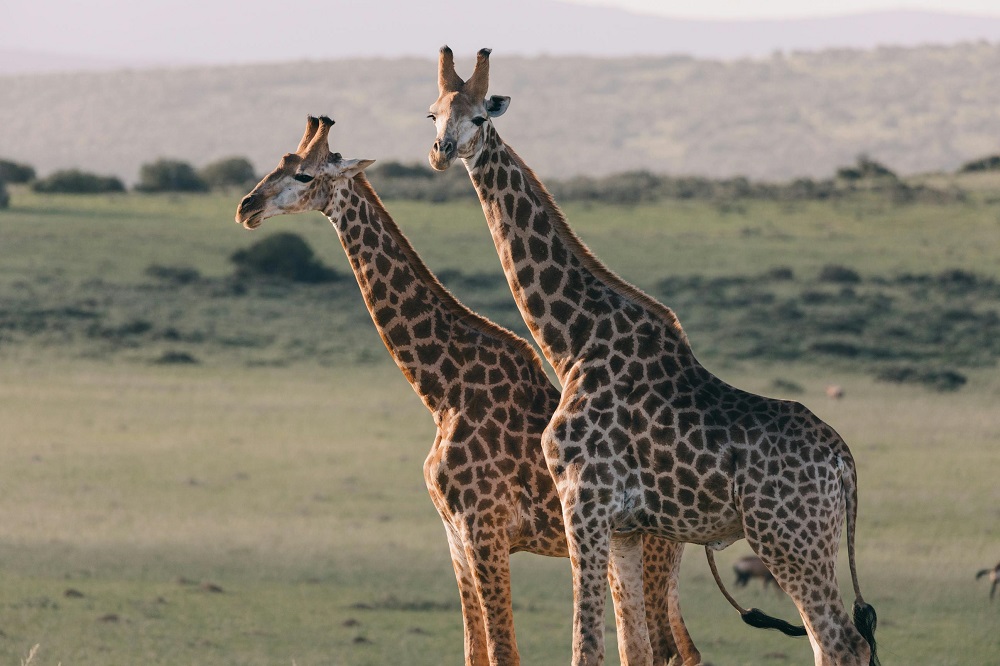
How Many Days Are Enough for Amboseli?
The ideal amount of time to spend in Amboseli depends on your travel plans and how much you want to experience. For many visitors, two to three days in Amboseli is perfect. This allows enough time to enjoy several game drives, see elephants and other wildlife, and take in the views of Kilimanjaro. A two-day visit can give you a taste of Amboseli, especially if you are combining it with other parks like Tsavo or the Masai Mara. However, if Amboseli is your main safari destination, three days will give you more time to explore fully and not feel rushed.
Spending more days in Amboseli also increases your chances of seeing rarer animals like lions, cheetahs, or even leopards. Since wildlife moves freely, one day might be quiet while the next day brings exciting action. The park also changes character throughout the day. Early mornings are often the best time for animal activity, afternoons can bring beautiful light for photography, and evenings may reward you with amazing sunsets. A longer stay gives you time to experience all of these moments. Some travelers also combine their stay with cultural visits or nature walks outside the park, which means you will need more than just one day. Overall, three days is often considered the ideal amount of time in Amboseli for a balanced safari.
Do You Need Malaria Tablets for Amboseli National Park?
Yes, it is recommended to take malaria tablets when traveling to Amboseli National Park. Amboseli, like most safari destinations in Kenya, is located in a malaria zone. Malaria is spread by mosquito bites, especially during the evening and night, so travelers should protect themselves. Doctors usually advise taking anti-malaria medication before, during, and after your trip to reduce the risk. It is always important to check with your doctor before traveling so you can get the right prescription and advice based on your health history.
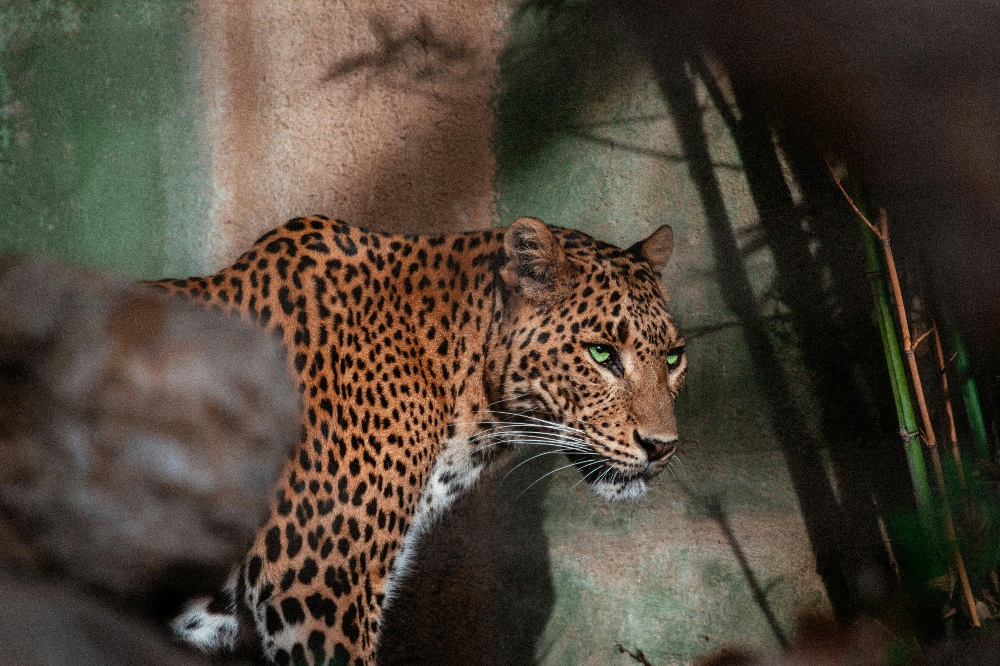
Besides tablets, there are other precautions you should take. Wearing long-sleeved shirts and long pants in the evening helps reduce mosquito bites. Using insect repellent with DEET or another effective ingredient is also important, especially on exposed skin. Most safari lodges and camps in Amboseli provide mosquito nets around the beds, which should be used every night. While the risk of malaria is real, taking proper precautions makes it very unlikely you will have a problem. Many travelers visit Amboseli and other parts of Kenya every year without issues, but it is always better to be safe. Having peace of mind about your health allows you to enjoy your safari without worry.
Can You See Leopards in Amboseli?
Leopards are among the most beautiful and secretive animals in Africa, and they do live in Amboseli National Park. However, they are not easy to spot. Leopards like to stay hidden in thick bushes or high up in trees, and they usually hunt at night. This means that while Amboseli has leopards, seeing one takes patience and a little bit of luck. Tour guides often know the areas where leopards have been spotted before, and they listen to the alarm calls of monkeys or antelopes to find out if a leopard is nearby. Even though leopards are not seen as often as elephants or lions, many visitors to Amboseli do get the chance to see them during their safari.
Leopard sightings in Amboseli are special because of how rare they feel. When you see one lying on a tree branch or walking gracefully through the grass, it feels like you have discovered a hidden treasure. Some travelers wait their whole lives to see a leopard in the wild, and Amboseli offers that chance. For wildlife photographers, leopards are one of the most exciting animals to capture on camera because of their spotted coats and powerful movements. If you spend two to three days in the park, your chances of spotting one increase. Even if you don’t see a leopard, you will still enjoy other predators like lions, cheetahs, and hyenas, which are more common in Amboseli.

What Is There to See in Amboseli?
Amboseli is known worldwide for its elephants, but there is much more to see in the park. One of the biggest highlights is the view of Mount Kilimanjaro, which towers over the plains. Even though Kilimanjaro is in Tanzania, the best views of the mountain are from Kenya, and Amboseli gives you that perfect picture of wildlife with the snowy peak behind them. This is one of the most iconic images of Africa.
The park itself has different habitats, which means different animals live in each area. There are open grassy plains where you can see giraffes and zebras, swamps where hippos and buffalo like to stay, and acacia woodlands that are home to birds and monkeys. Birdwatchers especially love Amboseli because it has over 400 bird species, including flamingos, pelicans, eagles, and colorful kingfishers. Visitors can also enjoy seeing cheetahs hunting on the plains or watching hyenas scavenging after other predators.
Another part of visiting Amboseli is the chance to meet the Maasai people. The Maasai are one of the most famous tribes in East Africa, known for their red clothing, beadwork, and traditions. Many safari packages include a visit to a Maasai village where you can learn about their way of life, see traditional dances, and understand how they live with wildlife around them. This makes a trip to Amboseli not only about animals but also about culture and people.
Can You Drive from Masai Mara to Amboseli?
Yes, you can drive from Masai Mara to Amboseli, but it is a very long journey. The two parks are in different parts of Kenya, with Nairobi sitting between them. Driving directly can take anywhere from 8 to 10 hours depending on road conditions and stops along the way. Many safari travelers choose to break up the journey by stopping in Nairobi for a night before continuing to Amboseli. Another option is to combine driving with flying. For example, you can take a short flight from Masai Mara to Nairobi and then drive to Amboseli, which takes about four to five hours from the city.
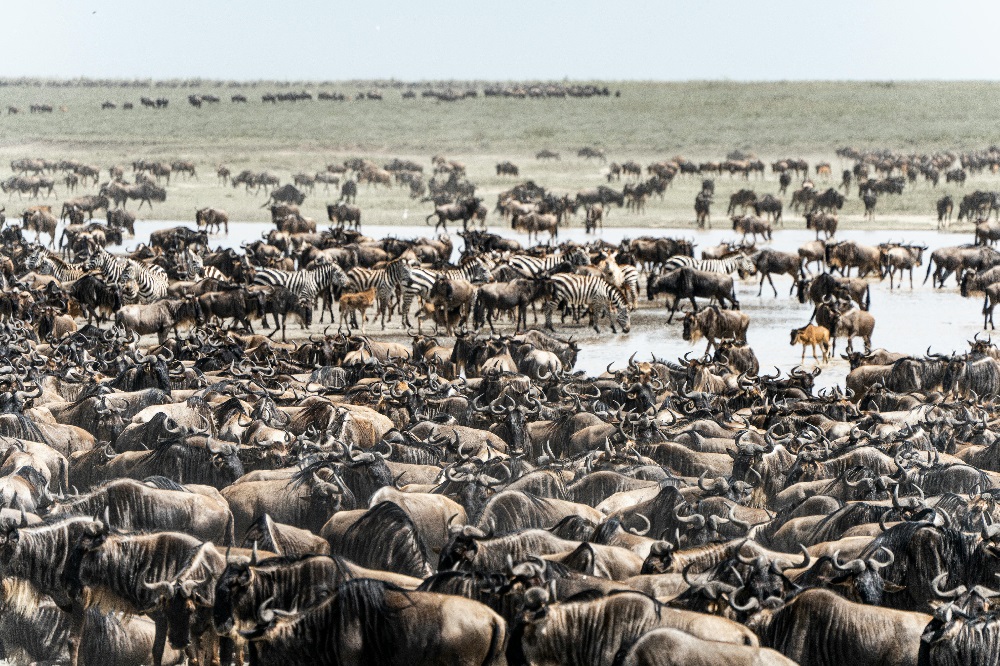
Even though the drive is long, it can be an adventure in itself. Along the way, you pass through towns, villages, and changing landscapes that give you a deeper sense of Kenya. You may see coffee and tea farms, open savannahs, and even glimpses of wildlife outside protected areas. For travelers who prefer not to spend so many hours on the road, flying is the best choice. There are flights from the Masai Mara to Amboseli with a short stop in Nairobi, and this reduces travel time a lot. Whichever way you choose, combining Masai Mara and Amboseli is worth it because you get two very different safari experiences. The Mara is famous for the Great Migration and big predator action, while Amboseli is known for elephants and Kilimanjaro views.
Which Is Better, Amboseli, Masai Mara, or Tsavo National Park?
Choosing between Amboseli, Masai Mara, and Tsavo National Park depends on what kind of safari experience you are looking for. Each park has its own special features. Amboseli is best known for elephants and Kilimanjaro views. It is smaller and easier to explore in two or three days, making it a great choice for travelers who want a short but rewarding safari. The landscape is open, and wildlife is relatively easy to spot, which is why many photographers and first-time visitors love Amboseli.
The Masai Mara, on the other hand, is one of the most famous safari parks in the world. It is larger than Amboseli and is home to the Great Migration, where millions of wildebeest and zebras cross the Mara River. If you want to see dramatic predator-prey action, lions, cheetahs, and leopards, the Masai Mara is hard to beat. Many travelers combine Amboseli with the Mara so they can experience both elephants under Kilimanjaro and the Great Migration.
Tsavo National Park is another great choice, but it is very different. Tsavo is huge and divided into Tsavo East and Tsavo West. It is known for its red elephants, which get their color from rolling in the red soil, and for its wild, less-crowded feel. Tsavo is perfect for travelers who like adventure and don’t mind going off the beaten path. It may not have the same density of predators as the Masai Mara, but its size and landscapes make it a very exciting park to explore.
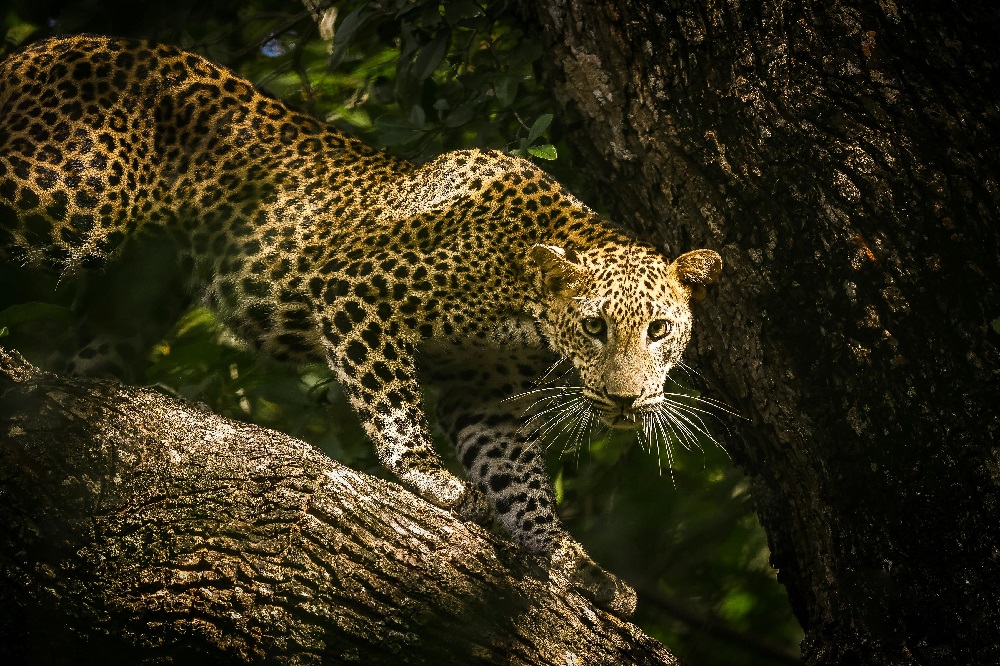
In the end, Amboseli, Masai Mara, and Tsavo are all excellent. If you only have a few days, Amboseli is easier. If you want drama and lots of wildlife action, Masai Mara is the top choice. If you want something wild and less touristy, Tsavo is amazing. Many travelers actually visit all three to get a complete safari experience.
What Is Special About Amboseli?
Amboseli National Park is special for many reasons, but the most famous one is its elephants. Amboseli has some of the largest elephant herds in Africa, and visitors can often see them walking in groups across the open plains with Mount Kilimanjaro in the background. These elephants are not just many in number but are also known for their big tusks. Some of them are among the last remaining giant tuskers in Africa, which makes Amboseli an important place for conservation.
Another thing that makes Amboseli unique is the variety of landscapes inside a relatively small park. Within just a few hours of driving, you can go from dry dusty plains to green swamps full of hippos and birds. This means you can see many different animals without having to travel long distances. The park also has cultural importance because it is home to the Maasai people, who live around its borders and share their traditions with visitors. Meeting the Maasai and learning about their way of life makes a trip to Amboseli more than just a wildlife safari—it becomes a cultural experience too.
The combination of elephants, Kilimanjaro views, and Maasai culture is what makes Amboseli truly special. Few places in Africa give you such a strong picture of what people imagine when they think of an African safari.
Does Amboseli Have Cheetahs?
Yes, Amboseli does have cheetahs, and they are one of the highlights for visitors who are lucky enough to see them. Cheetahs prefer open spaces where they can use their speed to hunt, and the grassy plains of Amboseli provide exactly that. They can often be seen sitting on termite mounds, scanning the area for prey, or chasing down gazelles with their incredible speed. While they are not as common as elephants or zebras, cheetahs are regularly spotted by safari guides who know where they usually hunt.
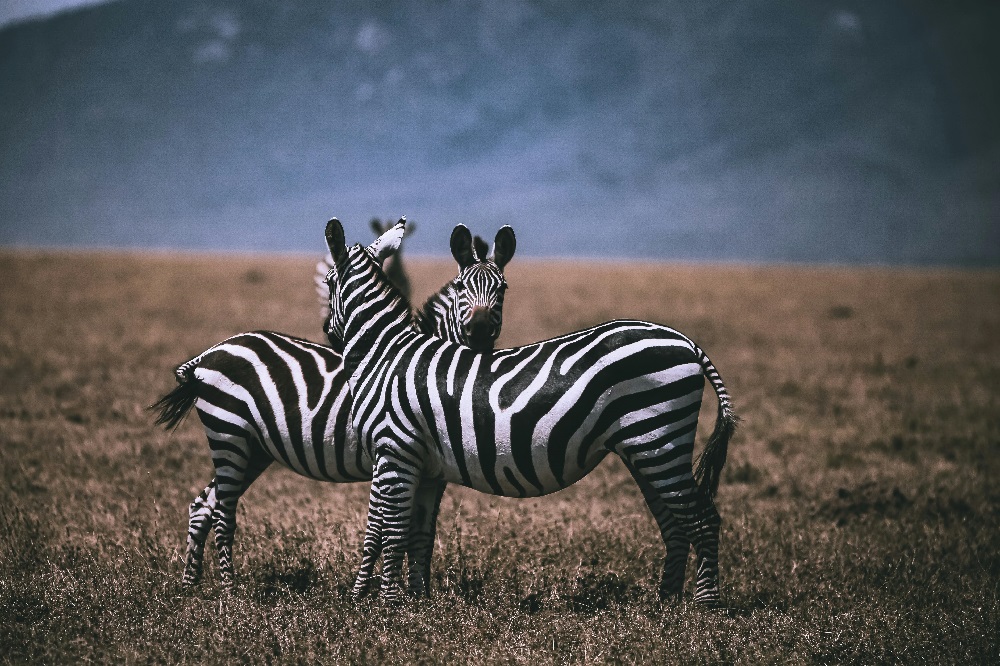
Cheetah sightings in Amboseli are thrilling because of how fast and graceful these cats are. Watching a cheetah sprint after a gazelle is one of the most dramatic experiences in the wild. Unlike lions, which hunt in groups, cheetahs usually hunt alone or in small family groups, which makes their survival in the wild even more challenging. Amboseli gives travelers a chance to see not only elephants but also the fastest land animal on earth, making it an excellent destination for big cat lovers.
What Is the Most Visited National Park in Kenya?
The most visited national park in Kenya is the Masai Mara, famous worldwide for the Great Migration. Every year, millions of wildebeest and zebras cross into the Mara from Tanzania’s Serengeti, creating one of the most dramatic wildlife spectacles on earth. Because of this event, plus the Mara’s high number of predators like lions and cheetahs, it attracts more tourists than any other park in the country.
However, Amboseli is also among the most popular parks in Kenya. It may not receive as many visitors as the Masai Mara, but it is often included in safari packages because of its elephants and Kilimanjaro views. Many travelers choose to visit both parks—Amboseli for elephants and scenery, and the Masai Mara for the Great Migration and predator action. Other popular parks in Kenya include Tsavo, Samburu, and Lake Nakuru, but Amboseli holds a special place as one of the top safari choices in East Africa.
Can You See Kilimanjaro from Amboseli?
Yes, you can see Mount Kilimanjaro very clearly from Amboseli, and this is one of the main reasons travelers visit the park. The snow-capped peak of Kilimanjaro rises above the plains, creating a breathtaking backdrop for wildlife photography. Even though Kilimanjaro is in Tanzania, the best views of the mountain are actually from Kenya, especially inside Amboseli National Park.

The sight of elephants walking in front of Kilimanjaro is one of the most famous safari images in the world. Many professional photographers and travelers come to Amboseli specifically for this view. The best time to see Kilimanjaro is in the early morning or late afternoon when the skies are clear. During the middle of the day, clouds often cover the mountain, but they usually lift again in the evening. For many visitors, the chance to see Kilimanjaro while on safari is a dream come true, and Amboseli is the perfect place to make it happen.
How Much Does Amboseli Safari Cost?
The cost of an Amboseli safari depends on many things, such as how long you stay, where you sleep, and what kind of experience you want. On the budget side, a short two-day safari from Nairobi can cost around 300 to 500 US dollars per person. This usually includes transport in a safari vehicle, park entry fees, meals, and accommodation in a basic tented camp or lodge. Budget safaris are great for travelers who want to see the animals and enjoy the park without spending too much money.
For mid-range safaris, prices are higher because you stay in more comfortable lodges or tented camps, often with better meals and views of Kilimanjaro. A three-day safari in this range can cost between 700 and 1,200 US dollars per person. These packages usually include guided game drives, full board meals, and sometimes even cultural visits to nearby Maasai villages. Many couples and families prefer this level because it offers comfort without being too expensive.

Luxury safaris in Amboseli are the most costly but also the most memorable. In luxury camps, you may have a private guide, spacious tents with en-suite bathrooms, swimming pools, and even private decks overlooking herds of elephants. Some lodges also offer sundowners—drinks while watching the sunset—and bush dinners under the stars. Prices for luxury safaris can range from 1,500 to over 3,000 US dollars per person for a few days. While expensive, these safaris provide comfort, privacy, and once-in-a-lifetime experiences that many people dream of.
Besides the package price, visitors must also pay park entry fees. As of 2025, the fee for Amboseli is about 70 US dollars per adult per day for non-residents. Children pay less, and Kenyan citizens or East African residents have lower rates. These fees go toward protecting the park, paying rangers, and supporting conservation efforts. Transport from Nairobi can also add to the cost, especially if you choose to fly instead of driving. A flight takes about 45 minutes but can cost a few hundred dollars, while driving is cheaper but takes around five hours.
Overall, the cost of an Amboseli safari can range from a few hundred dollars to several thousand, depending on your choices. Whether budget or luxury, the experience of seeing elephants with Kilimanjaro in the background is something money cannot truly measure. Every traveler, no matter the budget, leaves Amboseli with memories that last a lifetime.




